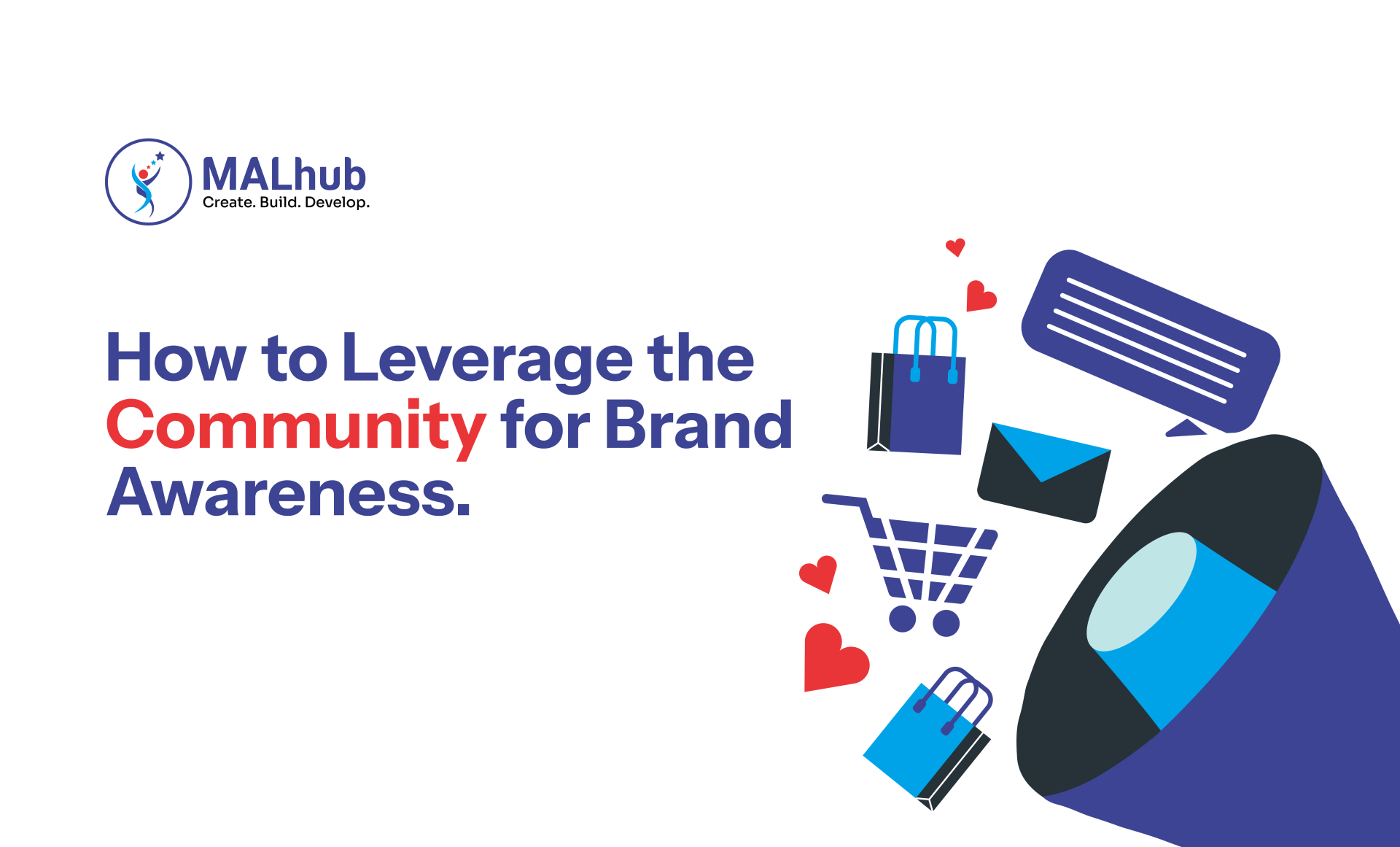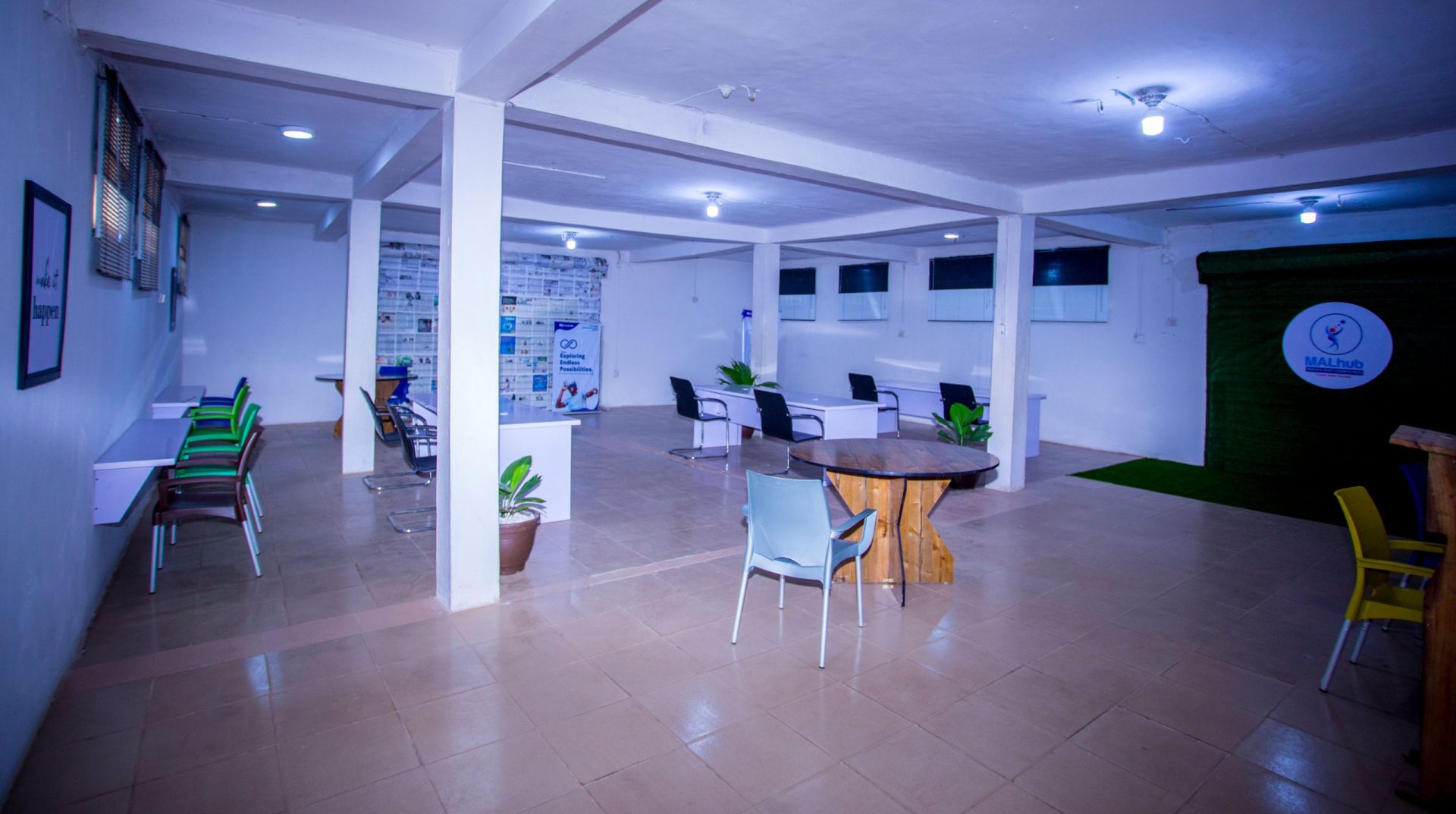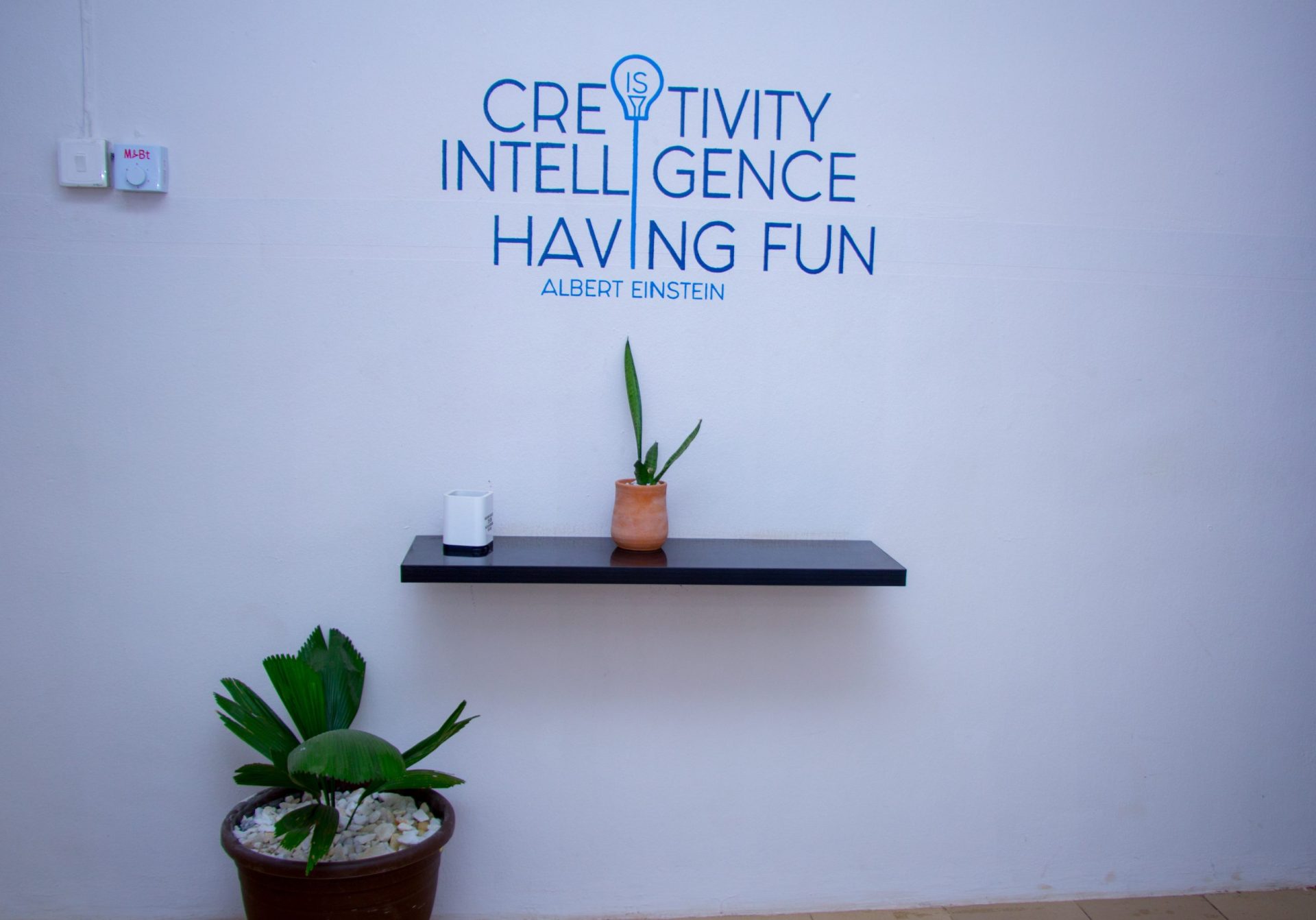How to Leverage Community for Brand Awareness
I can share this with you for free—community is everything when it comes to brand awareness. The first experience I had with the unending benefits of community was joining the Atlassian Community for an event for Developers and Project Managers. I was just starting out in my role as a non-tech in tech. I witnessed firsthand the power of collaboration. This event happened over a year ago, and from that moment on — your guess is as good as mine, the benefits have been a daily dose of pleasant surprises! I have not undermined the opportunity to join in community development or its activities. What I share with you in this article is as real to me as my name. I hope you do not shy away from community building when the next opportunity comes your way.
In case you missed it, in today’s digital age, the power of community is more significant than ever, especially for brands seeking to establish and expand their presence. Leveraging community can transform a brand from just a name into a movement, fostering loyalty and generating organic growth. Whether for young technology enthusiasts or entrepreneurs, understanding how to harness this power can be a game-changer. This article suggests ten (10) ways to leverage the community for brand awareness effectively. I also include practical examples that will yield the best results. Let us dive in.
1. Understand Your Audience
Before you can build a community, you need to understand who your audience is. This involves more than just demographic data; it is about understanding their needs, desires, and pain points. Use tools like social media analytics, surveys, and direct engagement to gather insights. This understanding will help you create content and initiatives that resonate with them.
Let us consider this for a moment: if your brand targets young software developers, engage with them on platforms like GitHub, Stack Overflow, and Reddit. Understand the challenges they face, such as debugging issues or staying updated with the latest tech trends, and tailor your content to address these topics.
2. Create Valuable Content
Content is the cornerstone of any community-building effort. Your content should be valuable, engaging, and relevant to your audience. This can include blog posts, videos, podcasts, webinars, and social media updates. Educational content, such as tutorials, how-to guides, and industry insights, can position your brand as an authority in your field.
A good instance here is if you were operating as a cybersecurity brand, create a series of blog posts and videos on best practices for online safety, common cybersecurity threats, and how to protect against them. Host webinars where industry experts discuss the latest trends and developments in cybersecurity.
3. Foster Engagement
Building a community is not just about broadcasting your message; it is also about fostering two-way communication. Encourage your audience to engage with your content by asking questions, leaving comments, and sharing their opinions. Respond to their comments, participate in discussions, and show that you value their input.
We all use social media platforms like Twitter and LinkedIn. It is a great platform to initiate conversations around trending topics in your industry. Ask open-ended questions to your followers and engage with their responses. This not only boosts engagement but also makes your audience feel heard and appreciated.
4. Utilize Social Media
This flows directly from the previous subheading. Social media is a powerful tool for building and nurturing communities. Each platform has its unique strengths, so choose the ones that align best with your audience. Facebook groups, LinkedIn communities, Twitter chats, and Instagram live sessions can be great ways to engage with your audience.
Here is a great way to go about it. Simply create a Facebook group for your brand where members can share ideas, ask questions, and discuss industry trends. Host regular Instagram Live sessions where you answer questions from your followers and discuss relevant topics. Use LinkedIn to share in-depth articles and engage with professionals in your field.
5. Host Events and Webinars
Do you remember my opening story where I shared my experience about attending an event? This is it right here. Events and webinars provide opportunities for real-time engagement and networking. These can be physical events, virtual meetups, or hybrid formats. Events help build a sense of community by bringing people together to share experiences, learn, and connect.
I know a brand that organizes monthly webinar series featuring industry experts who discuss various aspects of your field. You can engage in similar activities, promote these events on your social media channels, and encourage your audience to invite their peers. This not only increases brand awareness but also positions your brand as a leader in knowledge sharing.
6. Collaborate with Influencers
Influencers already have established communities that trust their opinions and recommendations. Partnering with influencers in your niche can help you reach a wider audience and build credibility. Choose influencers whose values align with your brand and who genuinely resonate with your target audience.
A perfect example is if you operate a tech startup, collaborate with popular tech YouTubers or bloggers to review your product or service. Their endorsement can introduce your brand to a larger audience and generate interest in your offerings.
7. Encourage User-Generated Content
User-generated content (UGC) is a powerful way to build community and trust. Encourage your audience to create content related to your brand, such as reviews, testimonials, and social media posts. Showcase this content on your platforms to build authenticity and credibility.
My friend used a particular studio to rebrand his pages across all social media channels. He shared this post with his audience. Your guess is as good as mine: this got more customers for the brand design studio! Another way is to stage a contest on Instagram where users share photos or videos of them using your product with a specific hashtag. Feature the best entries on your brand’s Instagram account and offer prizes for the most creative content. This not only engages your existing community but also attracts new members.
8. Provide Excellent Customer Service
The voice in your brand is tied to the value you bring to the table. Great customer service can turn customers into advocates for your brand. Be responsive to inquiries, resolve issues promptly, and go the extra mile to make your customers feel valued. Satisfied customers are likely to share their positive experiences with others, contributing to word-of-mouth marketing.
Here is a practical way to achieve this: create a dedicated support channel on platforms like Twitter where customers can reach out with their issues. Respond promptly and provide helpful solutions. Share customer success stories on your social media and website to highlight your commitment to excellent service.
9. Build a Brand Ambassador Program
Brand ambassadors are loyal customers who promote your brand voluntarily. Create a brand ambassador program to recognize and reward these individuals. Provide them with exclusive perks, early access to new products, and opportunities to represent your brand at events.
Amazingly, one of the communities I joined came up with the brilliant idea of inviting loyal customers, volunteers, and previous event attendees to share their stories and experiences about their brand. Another invited loyal customers to join an exclusive community where they receive special discounts, early product access, and branded merchandise. They encouraged them to share their experiences on social media and provided them with the resources to do so effectively.
10. Measure and Optimize
Finally, it is essential to measure the impact of your community-building efforts. It is hard to monitor progress if you do not know where you are coming from. Use analytics tools to track engagement, growth, and conversions. Gather feedback from your community to understand what is working and what needs improvement. Continuously optimize your strategies to ensure sustained growth and engagement.
Use tools like Google Analytics, social media insights, and CRM software to monitor key metrics. Conduct regular surveys and polls within your community to gather qualitative feedback. Use this data to refine your content, engagement strategies, and community initiatives.
Conclusion
Leveraging the community for brand awareness is not just a strategy; it’s a mindset. It requires genuine engagement, consistent value delivery, and a deep understanding of your audience. For young technology enthusiasts and entrepreneurs, building a community can be a transformative journey that not only amplifies brand awareness but also fosters lasting relationships and loyalty. Embrace the power of community and watch your brand thrive in the digital landscape.
















